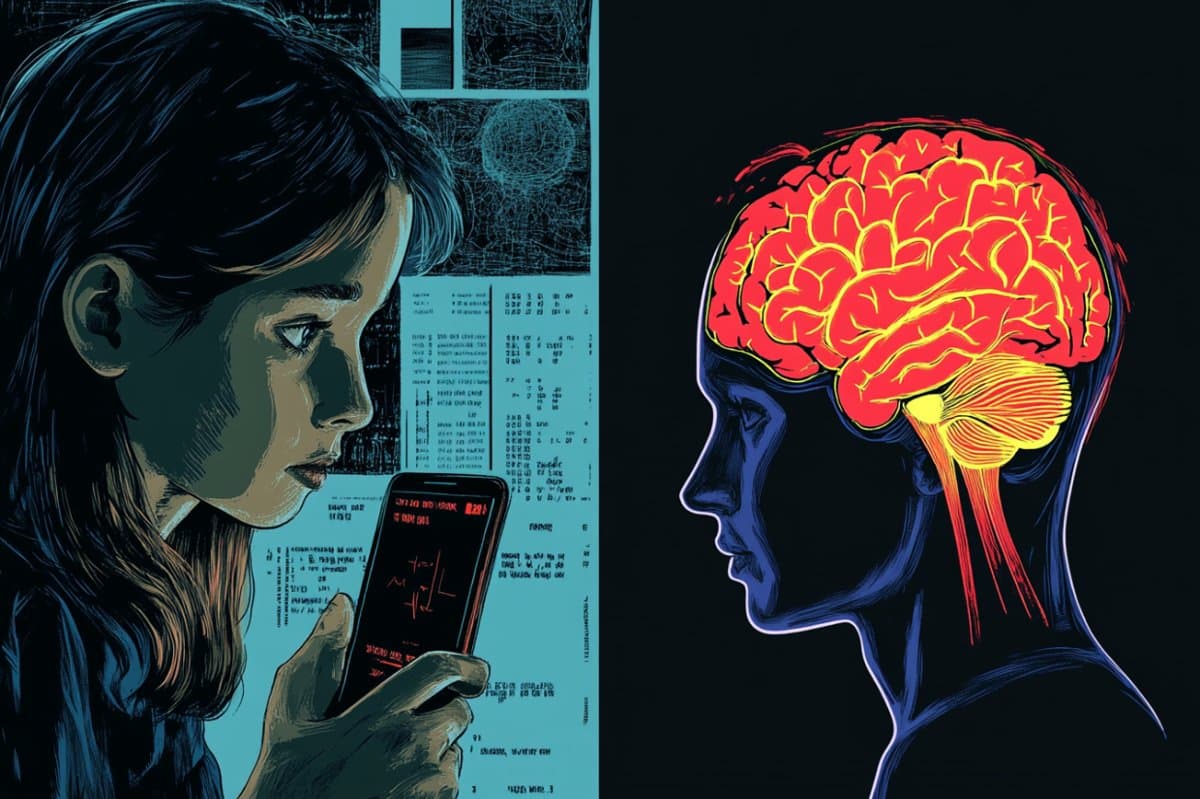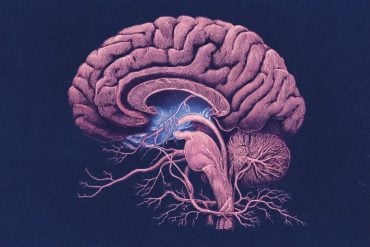Summary: A global study of over 66,000 people reveals that susceptibility to misinformation varies across age, gender, education, and political ideology. Participants took a test to judge whether news headlines were real or fake, and those in Generation Z, women, conservatives, and less-educated individuals were more likely to believe misinformation.
Interestingly, many were accurate in assessing their own limitations—Gen Z and women, in particular, recognized their weaknesses, while those with more education tended to overestimate their skills. These findings highlight the need for targeted media literacy efforts and proactive policies to combat the spread of fake news.
Key Facts:
- At-Risk Groups: Gen Z, women, conservatives, and less-educated individuals were more likely to believe fake news.
- Self-Awareness Varies: Gen Z and women better recognized their susceptibility; educated people overestimated their skills.
- Policy Implication: Study underscores urgent need for targeted misinformation interventions.
Source: University of British Columbia
A global study of more than 66,000 participants has revealed which groups of people are most susceptible to misinformation.
Study participants assessed news headlines and tried to judge whether they were real or fake. On average, people had a harder time distinguishing between real and fake if they were:
- Generation Z (born 1997-2012)
- non-male
- less educated
- more conservative
However, some groups were more self-aware than others about their shortcomings in spotting misinformation.
“No matter who you are, no matter what you think you know, none of us is immune to misinformation,” said Dr. Friedrich Götz, assistant professor of psychology at the University of B.C. and the study’s senior author.
“People should realize that all of us are exposed to misinformation on a regular basis, and all of us are likely to fall for it at some point.”
The global spread of misinformation poses a threat to democracy, which depends on a well-informed public.
The new research by first authors Hyunjin Koo of UBC and Yara Kyrychenko of University of Cambridge, published Friday in Personality and Individual Differences, underscores the importance of understanding who is most at risk in order to develop effective strategies for counteracting fake news.
The researchers wanted to understand two key things:
- How likely different groups of people are to fall for misinformation.
- How well people think they can spot fake news.
They used a test called the Misinformation Susceptibility Test (MIST), which has been rigorously validated by psychologists and is available online for free. It provides a mix of news headlines for participants to decide which are genuine. Sample headlines include:
- A Small Group of People Control the World Economy by Manipulating the Price of Gold and Oil
- Left-Wingers Are More Likely to Lie to Get a Good Grade
- The Government Is Conducting a Massive Cover-Up of Their Involvement in 9/11
- About a Quarter of Large US Newspapers Laid off Staff in 2018
By comparing how well participants performed on the test with how confident they felt about their abilities, the researchers learned where the gaps are between actual ability and self-assessment.
Younger digital natives underperformed
It’s commonly believed that young people’s heightened exposure to digital environments gives them superior digital literacy. Generation Z’s performance did not reflect this, but they were quite accurate in predicting their poor performance.
“There’s still this widespread misconception that digital natives are better at navigating these environments,” said Dr. Götz. “That has been debunked in the academic world for quite a few years, but I don’t think it has translated into public consciousness.”
People with more conservative political views were more likely to believe misinformation. Scores were lowest on the most conservative end of the political spectrum.
Conservatives were fairly accurate in judging their ability to spot misinformation, but this was less true for those with extreme viewpoints.
Women, over a large sample, were slightly more likely than men to fall for misinformation. However, they were better than men at accurately judging their abilities.
Finally, people who had been to university or had higher degrees outperformed those with a high school diploma or less. However, folks with more education overestimated their ability to spot misinformation.
The work of Dr. Götz and his team could lead to better-informed policies and educational programs for reducing misinformation susceptibility—but only if this is a priority for governments.
“My sense is that not all democracies right now are really trying to address this problem. Worse yet, in the polarized world we live in, some actors, including politicians, may deliberately weaponize it,” said Dr. Götz.
“But if a government acts in good faith and wants to solve this problem in society, then I think they could use this study to raise awareness and move to more intervention-based research.”
About this psychology research news
Author: Erik Rolfsen
Source: University of British Columbia
Contact: Erik Rolfsen – University of British Columbia
Image: The image is credited to Neuroscience News
Original Research: Open access.
“Profiling misinformation susceptibility” by Friedrich Götz et al. Personality and Individual Differences
Abstract
Profiling misinformation susceptibility
The global spread of misinformation poses a serious threat to the functioning of societies worldwide. But who falls for it?
In this study, 66,242 individuals from 24 countries completed the Misinformation Susceptibility Test (MIST) and indicated their self-perceived misinformation discernment ability.
Multilevel modelling showed that Generation Z, non-male, less educated, and more conservative individuals were more vulnerable to misinformation.
Furthermore, while individuals’ confidence in detecting misinformation was generally associated with better actual discernment, the degree to which perceived ability matched actual ability varied across subgroups.
That is, whereas women were especially accurate in assessing their ability, extreme conservatives’ perceived ability showed little relation to their actual misinformation discernment.
Meanwhile, across all generations, Gen Z perceived their misinformation discernment ability most accurately, despite performing worst on the test.
Taken together, our analyses provide the first systematic and holistic profile of misinformation susceptibility.







